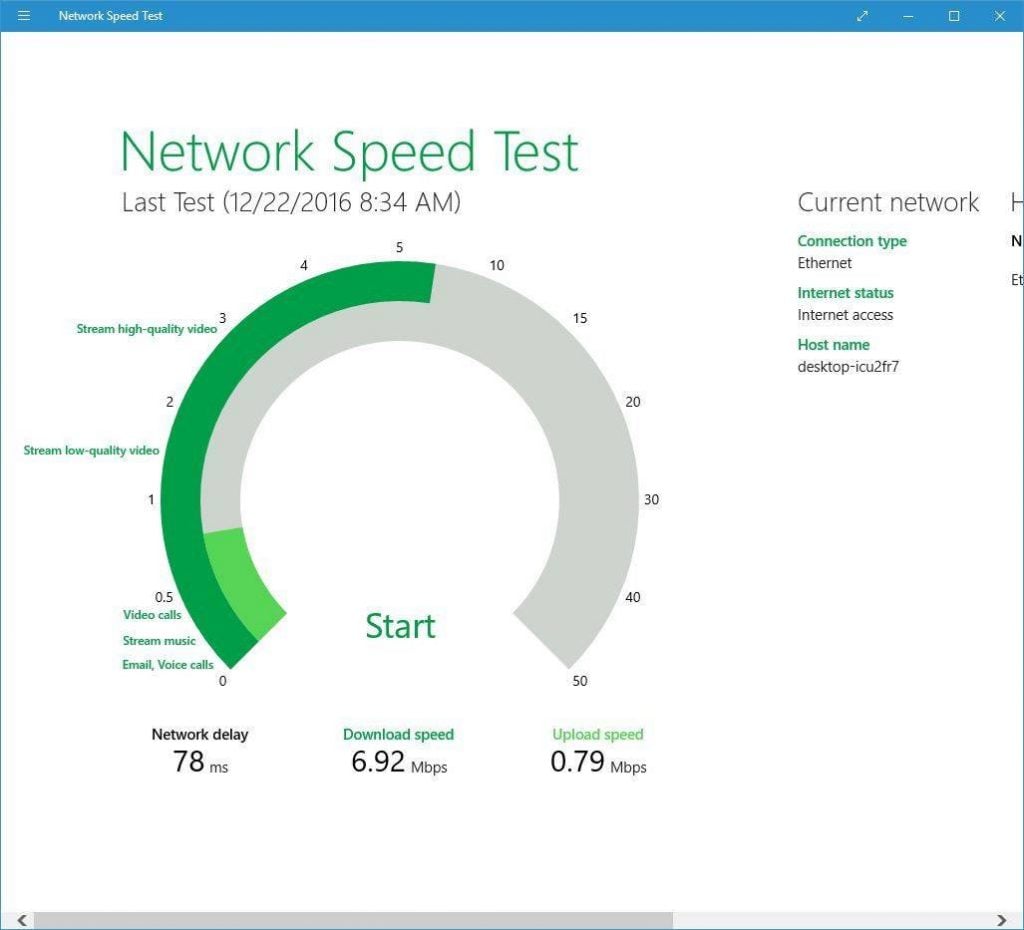
Run our clever tests to find and fix issues with your home’s connection and check for issues in your area.ĭisconnect devices around the home that aren’t currently being used to try to speed up the internet connection and boost WiFi signal. Turning the Hub off and on again to reboot it, every two months, helps correct slow speeds caused by buffers. Positioned at least half a metre away from objects such as TVs, wireless speakers, cordless phones and radiators (keep the Hub cool). But if you’re getting broadband speed test results that are close to our estimated speeds for your package and you’re finding that the connection is too slow, it may be time to upgrade your broadband to a faster speed. You can also follow our guide on how to improve latency. These tips and tricks can help improve connection and combat slower speeds. Test your broadband speed at different times of day for an average reading.Check your device is not too old to be compatible with high broadband speeds.Switch off antivirus software and firewalls, if possible.Disconnect your other devices or consoles from the WiFi as they can interfere with the signal.Close all other browser tabs, windows and apps.Ways to make your internet speed check more accurate But using an Ethernet cable to connect your device to the Hub will give you the most accurate broadband speed test results and a faster connection than wireless broadband.

Obviously, you can run a WiFi test to check what speeds you’re getting around your home. And if your results vary, don’t worry that’s normal, due to factors such as the time of day and number of devices sharing your broadband when you repeat the internet speed test.

If anything, it’s more likely to underestimate speeds – it’s a strict, Ofcom-approved test (other speed checkers may not be). Our broadband speed test is generally pretty accurate and the results are a good reflection of the speeds you were getting during the test.


 0 kommentar(er)
0 kommentar(er)
